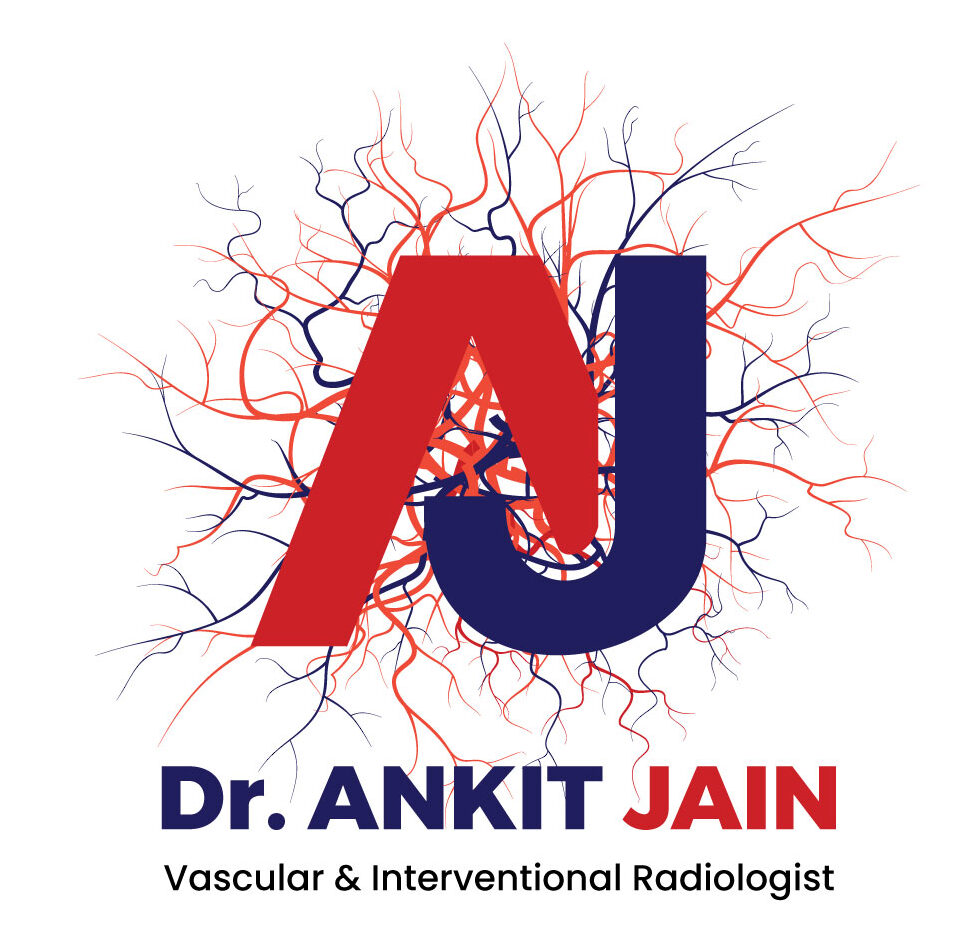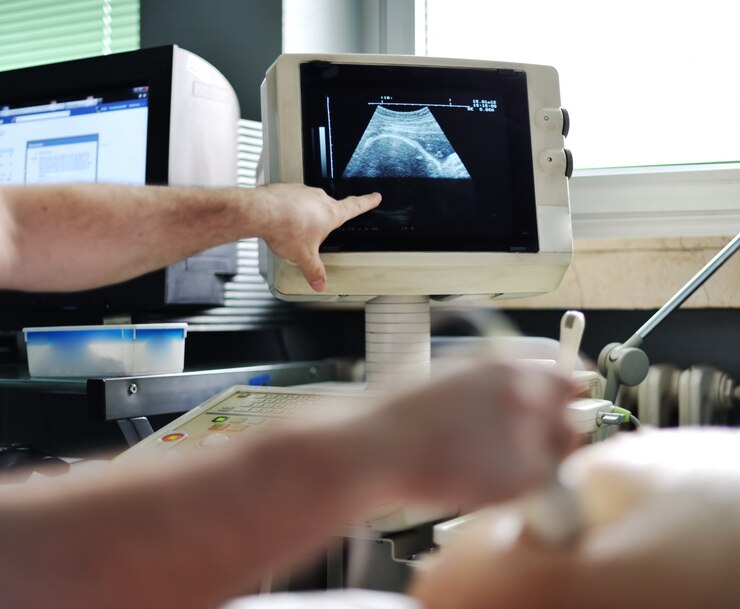The Future Of USG-Guided FNAC: Emerging Technologies And Innovations
Fine needle aspiration cytology (FNAC) guided by ultrasonography (USG) has long been a valuable tool in the armamentarium of interventional radiologists for diagnosing a wide range of lesions and diseases. As technology continues to evolve, the future of USG-guided FNAC holds exciting prospects for improving diagnostic accuracy, efficiency, and patient outcomes. In this article, we explore emerging technologies and innovations shaping the future of USG-guided FNAC and their implications for interventional radiologists.
Advanced Imaging Modalities
One area of innovation in USG-guided FNAC is the integration of advanced imaging modalities to enhance visualization and targeting of lesions. Multimodal imaging techniques, such as fusion imaging combining USG with computed tomography (CT) or magnetic resonance imaging (MRI), offer improved localization and characterization of lesions, especially in complex anatomical regions or when lesions are obscured by surrounding structures. These advanced imaging modalities provide interventional radiologists with valuable information to guide needle placement and optimize sample collection during FNAC procedures.
Robotics and Automation
Emerging technologies in robotics and automation have the potential to revolutionize USG-guided FNAC procedures by enhancing precision, efficiency, and reproducibility. Robotic-assisted needle guidance systems can provide real-time feedback and automated adjustments to ensure accurate needle placement and sample acquisition, reducing the risk of complications and improving procedural outcomes. Automation of sample processing and analysis using artificial intelligence (AI) algorithms can also streamline workflow, expedite results, and enhance diagnostic accuracy in USG-guided FNAC.
Miniaturized Devices and Needle Technologies
Advancements in miniaturized devices and needle technologies offer opportunities to improve the safety, efficacy, and patient experience of USG-guided FNAC procedures. Smaller caliber needles with enhanced flexibility and maneuverability allow for minimally invasive access to deep-seated lesions and delicate anatomical structures, reducing trauma and discomfort for patients. Additionally, innovative needle designs incorporating features such as side ports for specimen collection or integrated biopsy forceps further optimize sample acquisition and diagnostic yield in USG-guided FNAC.
Targeted Molecular Diagnostics
The integration of targeted molecular diagnostics into USG-guided FNAC represents a paradigm shift in precision medicine, allowing for more personalized and targeted approaches to diagnosis and treatment. Molecular profiling of aspirated samples using techniques such as next-generation sequencing (NGS) or polymerase chain reaction (PCR) can provide valuable insights into the genetic mutations, biomarkers, and therapeutic targets associated with specific disease entities, guiding treatment decisions and prognostication in oncology and other fields.
Telemedicine and Remote Guidance
Telemedicine and remote guidance technologies have emerged as powerful tools for extending the reach of USG-guided FNAC services to underserved populations, remote locations, and resource-limited settings. Real-time telementoring and teleconsultation platforms enable expert interventional radiologists to remotely guide less experienced colleagues or healthcare providers in performing USG-guided FNAC procedures, facilitating skill transfer, quality assurance, and collaborative learning opportunities. Additionally, telecytology services allow for remote interpretation and consultation on FNAC specimens, enhancing access to expert diagnostic expertise and multidisciplinary collaboration.
Challenges and Considerations
While the future of USG-guided FNAC holds great promise, several challenges and considerations must be addressed to realize its full potential. These include regulatory and reimbursement issues related to emerging technologies, standardization of procedural protocols and quality assurance measures, training and education for healthcare providers, and ethical and legal considerations surrounding the use of patient data and AI algorithms in diagnostic decision-making.
Conclusion
The future of USG-guided FNAC in interventional radiology is characterized by a convergence of emerging technologies and innovations aimed at enhancing diagnostic accuracy, efficiency, and patient-centered care. From advanced imaging modalities and robotics to molecular diagnostics and telemedicine, these developments hold tremendous potential to transform the practice of USG-guided FNAC and improve outcomes for patients across a wide range of clinical scenarios. By embracing these innovations and addressing associated challenges, interventional radiologists can continue to lead the way in diagnostic and therapeutic interventions, advancing the field of precision medicine and personalized healthcare.

